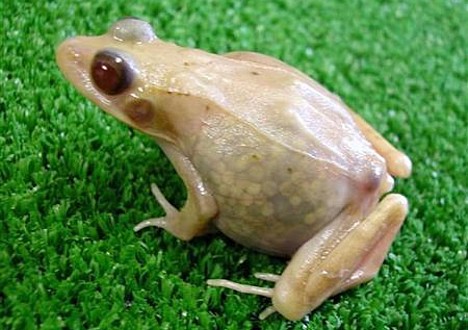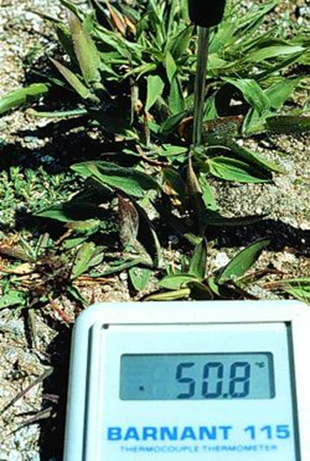A new study of plants that are reproduced by 'cloning' has shown why cloned plants are not identical. (Credit: © Vasiliy Koval / Fotolia)
Scientists have known for some time that 'clonal' (regenerant) organisms are not always identical: their observable characteristics and traits can vary, and this variation can be passed on to the next generation. This is despite the fact that they are derived from genetically identical founder cells.
Now, a team from Oxford University, UK, and King Abdullah University of Science and Technology, Saudi Arabia, believe they have found out why this is the case in plants: the genomes of regenerant plants carry relatively high frequencies of new DNA sequence mutations that were not present in the genome of the donor plant.
The team report their findings in this week's Current Biology.
'Anyone who has ever taken a cutting from a parent plant and then grown a new plant from this tiny piece is actually harnessing the ability such organisms have to regenerate themselves,' said Professor Nicholas Harberd of Oxford University's Department of Plant Sciences, lead author of the paper. 'But sometimes regenerated plants are not identical, even if they come from the same parent. Our work reveals a cause of that visible variation.'
Using DNA sequencing techniques that can decode the complete genome of an organism in one go (so-called 'whole genome sequencing') the researchers analysed 'clones' of the small flowering plant 'thalecress' (Arabidopsis). They found that observable variations in regenerant plants are substantially due to high frequencies of mutations in the DNA sequence of these regenerants, mutations which are not contained in the genome of the parent plant.
'Where these new mutations actually come from is still a mystery,' said Professor Harberd. 'They may arise during the regeneration process itself or during the cell divisions in the donor plant that gave rise to the root cells from which the regenerant plants are created. We are planning further research to find out which of these two processes is responsible for these mutations. What we can say is that Nature has safely been employing what you might call a 'cloning' process in plants for millions of years, and that there must be good evolutionary reasons why these mutations are introduced.'
The new results suggest that variation in clones of plants may have different underlying causes from that of variation in clones of animals -- where it is believed that the effect of environmental factors on how animal genes are expressed is more important and no similar high frequencies of mutations have been observed.
Professor Harberd said: 'Whilst our results highlight that cloned plants and animals are very different they may give us insights into how both bacterial and cancer cells replicate themselves, and how mutations arise during these processes which, ultimately, have an impact on human health.'








